If you've been struggling with chronic pain, you might wonder how chiropractic care can actually help. By focusing on spinal alignment and nerve function, chiropractors utilize specific techniques to address the root causes of your discomfort. This method not only seeks to alleviate pain but also aims to enhance your overall mobility and well-being. As you explore the various approaches used in chiropractic treatment, you may find that the benefits extend far beyond just pain relief. What's even more intriguing is how this care can transform your relationship with your body.
Understanding Chronic Pain
Chronic pain can feel like an unwelcome companion, lingering long after an injury should have healed. It's frustrating, exhausting, and often leaves you questioning why it hasn't gone away. You might notice that this kind of pain doesn't just affect your body; it can seep into your mental and emotional well-being too. Understanding chronic pain is the first step towards managing it.
When you've been experiencing pain for more than three months, it's generally classified as chronic. Unlike acute pain, which serves as a warning signal for injury, chronic pain often lacks a clear purpose. It can stem from various conditions, including arthritis, fibromyalgia, or past injuries, but sometimes, no specific cause can be identified at all.
You might find that your pain fluctuates, making it hard to predict when you'll feel your worst. Additionally, chronic pain can be influenced by factors like stress, anxiety, and even your environment. This interconnectedness means that relieving your pain might require a thorough approach, addressing not just the physical symptoms but also your mental state.
Lifestyle changes, such as improving your diet, getting adequate sleep, and engaging in gentle exercise, can play a significant role in how you feel.
The Role of Chiropractic Care
Chiropractic care plays an essential role in managing chronic pain through spinal adjustments and a holistic approach to healing.
These adjustments help realign your spine, improving mobility and reducing discomfort.
Spinal Adjustments Explained
When it comes to managing pain, spinal adjustments play an essential role in chiropractic care. These adjustments focus on realigning your spine to improve its function and reduce discomfort. By using precise, controlled force, a chiropractor helps restore proper movement in your joints, which can relieve pressure on nerves and alleviate pain.
During your session, the chiropractor will assess your spine's alignment and identify any areas of restriction. Once they've pinpointed the problem, they'll perform adjustments that can vary in technique, from gentle manipulation to more direct thrusts. You might feel immediate relief, or it may take a few sessions to notice significant changes.
Spinal adjustments not only help with pain relief but also enhance your overall mobility and posture. They promote better blood flow, which aids in healing and recovery.
Plus, regular adjustments can prevent future issues, keeping your spine healthy and functional. Incorporating spinal adjustments into your routine can lead to long-term benefits, making it a crucial component of chiropractic care for chronic pain management.
Holistic Approach to Healing
Healing encompasses more than just treating symptoms; it's about addressing the root causes of discomfort. When you visit a chiropractor, you're not just seeking relief from pain; you're engaging in a holistic approach that considers your entire well-being. Chiropractors focus on the musculoskeletal system, but they also recognize how your lifestyle, stress levels, and overall health contribute to chronic pain.
By evaluating your posture, movement patterns, and daily habits, your chiropractor helps identify underlying issues that might be exacerbating your discomfort. They tailor their treatment to your unique situation, which might include spinal adjustments, exercise recommendations, and nutritional guidance. This multifaceted approach empowers you to take control of your health and promotes healing from the inside out.
Moreover, chiropractic care emphasizes prevention. By maintaining spinal alignment and proper function, you can reduce the risk of future injuries and chronic pain episodes. This proactive mindset encourages you to adopt healthier habits, leading to improved overall health.
Fundamentally, chiropractic care isn't just about alleviating pain; it's about nurturing your body's ability to heal itself and thrive.
Techniques Used in Chiropractic Adjustments
Chiropractors employ a variety of techniques to perform adjustments that target the spine and other joints. One popular method is the Diversified Technique, which involves using quick, precise thrusts to restore proper alignment. You might feel a pop or crack during this adjustment, which is completely normal and usually indicates the release of gas bubbles in the joint.
Another common technique is the Gonstead Method, where the chiropractor analyzes your spine through X-rays and physical exams to identify misalignments. This method focuses on specific areas needing attention, allowing for a more tailored adjustment. You'll often find that this technique provides a deeper level of correction.
If you prefer a gentler approach, the Activator Method might suit you. This technique uses a small, handheld instrument to deliver a controlled, low-force impulse to the affected area. It's especially beneficial for those who may be uncomfortable with traditional manual adjustments.
You may also encounter the Thompson Technique, which uses a special table that drops slightly when pressure is applied. This drop mechanism helps in delivering adjustments with less force while still being effective.
Lastly, some chiropractors use soft tissue techniques alongside spinal adjustments. These techniques can include massage or stretching to relieve tension in the muscles surrounding your joints.
Each of these methods aims to improve your mobility and decrease pain, so you should discuss your options with your chiropractor to find the best fit for your needs.
Benefits of Chiropractic Treatment
Many people find relief from chronic pain through chiropractic treatment, which offers a holistic approach to health and wellness. One of the primary benefits you'll experience is the reduction of pain and discomfort. Chiropractors focus on realigning the spine, which can alleviate pressure on nerves and provide immediate relief from conditions like lower back pain, headaches, and joint issues.
Another significant benefit is improved mobility. After a chiropractic adjustment, you may notice increased range of motion in your joints and muscles. This newfound flexibility can enhance your daily activities and overall quality of life. You'll likely find it easier to engage in exercise or hobbies that you once struggled with due to pain.
Chiropractic care also promotes better posture. Regular adjustments can help correct misalignments that contribute to poor posture, reducing strain on your body and preventing future pain. As you improve your posture, you may notice less tension in your neck and shoulders.
Additionally, chiropractic treatment encourages a drug-free approach to pain management. You can avoid potential side effects and dependency associated with pain medications, focusing instead on natural healing methods. This empowers you to take control of your health and well-being.
Lastly, many patients report improved sleep quality after starting chiropractic care. With reduced pain and enhanced relaxation, you'll likely enjoy more restorative sleep, which is essential for overall health.
To summarize, chiropractic treatment delivers a variety of benefits that can transform your approach to managing chronic pain.
How Chiropractic Affects the Nervous System
Chiropractic care plays an essential role in regulating your nervous system, helping to restore balance and function.
Nervous System Regulation
The connection between the spine and the nervous system plays an essential role in overall health, and adjustments can greatly impact this relationship. When your spine is misaligned, it can hinder nerve function, leading to a cascade of issues that affect your well-being. Chiropractic adjustments help realign your spine, promoting ideal nerve function and enhancing communication between your brain and body.
By restoring this balance, you'll likely experience improved body regulation. Your autonomic nervous system, which controls involuntary functions like digestion and heart rate, can work more efficiently. This means you might notice better stress management and enhanced immune responses.
Moreover, chiropractic care encourages the release of neurotransmitters that elevate your mood and reduce anxiety. With each adjustment, you're not just correcting physical misalignments; you're also fostering a healthier emotional state.
Incorporating chiropractic care into your routine can pave the way for better health outcomes. As your nervous system becomes more regulated, you'll find it easier to cope with chronic pain and other stressors.
Regular adjustments help maintain this balance, making you feel better both physically and mentally.
Pain Signal Transmission
Pain signal transmission is a complex process influenced by the health of your spine and nervous system. When your spine is misaligned, it can disrupt nerve function, leading to increased pain perception.
Chiropractic adjustments help restore proper alignment, allowing your nervous system to communicate effectively and reducing the intensity of pain signals sent to your brain.
Here are some key ways chiropractic care enhances pain signal transmission:
- Improved Nerve Function: Adjustments free up compressed nerves, enabling them to transmit signals without interference.
- Decreased Inflammation: Chiropractic care can reduce inflammation around nerves, helping to lessen pain signals that are sent.
- Enhanced Blood Flow: Better spinal alignment promotes improved circulation, which nourishes tissues and aids in healing.
Long-Term Management of Chronic Pain
Managing chronic pain requires an all-encompassing approach that goes beyond temporary relief. You need to adopt a thorough strategy that combines various treatments and lifestyle changes. Chiropractic care can play a pivotal role in this long-term management plan. Regular visits to a chiropractor help realign your spine and improve overall function. This not only addresses the source of your pain but also enhances your body's ability to heal itself.
In addition to chiropractic adjustments, incorporating physical therapy can strengthen the muscles around your affected areas, providing better support and stability. This combination can greatly reduce pain and improve mobility.
You'll also want to focus on maintaining a healthy lifestyle, including proper nutrition and regular exercise, to support your body's healing process.
Mindfulness practices, such as yoga or meditation, can also be beneficial. They help reduce stress, which often exacerbates chronic pain. By integrating these practices into your daily routine, you'll cultivate a greater sense of control over your pain.
It's essential to communicate openly with your healthcare providers about your pain levels and the effectiveness of your treatment plan. This ongoing dialogue will allow your chiropractor and other professionals to tailor their approach to your specific needs.
Patient Success Stories
Many individuals struggling with chronic pain find hope and inspiration in the success stories of others who've turned their lives around through chiropractic care.
These accounts highlight not just the potential for relief but also the profound changes in quality of life that can occur. You might relate to someone who felt trapped in a cycle of pain, only to discover that chiropractic adjustments brought them the freedom they thought was lost.
Consider the story of Lisa, who'd endured debilitating migraines for years. After just a few sessions, she noticed a significant reduction in the frequency and intensity of her headaches. Now, she enjoys activities with her family that she once avoided.
Then there's Mark, who suffered from lower back pain that hindered his ability to work. Through a tailored chiropractic plan, he regained mobility and strength, allowing him to return to his job and pursue hobbies he once loved.
Finally, Sarah, a former athlete, struggled with joint pain after an injury. Chiropractic care not only alleviated her discomfort but also improved her overall performance, enabling her to compete again.
These stories serve as a reminder that recovery is possible.
Here are a few key takeaways from these experiences:
- Personalized treatment plans can target specific pain issues.
- Many patients notice improvements within a few sessions.
- A holistic approach promotes overall well-being, not just pain relief.
Chiropractic care offers a pathway to reclaim your life from chronic pain, one success story at a time.
Conclusion
Chiropractic care offers you a powerful way to tackle chronic pain by addressing its root causes and improving your overall health. With techniques like spinal adjustments and soft tissue therapies, you can experience reduced pain, enhanced mobility, and better posture. By fostering communication between your brain and body, chiropractic treatment not only minimizes the need for medications but also supports long-term wellness. Embracing this holistic approach could lead to a significant improvement in your quality of life.



